Understanding the Abortion Landscape in Texas
The state of Texas stands at the heart of the national debate on abortion, with evolving laws, high-profile legal challenges, and real-world consequences for millions of Texans. The question “Is abortion illegal in Texas?” is not only timely but essential for anyone interested in reproductive rights, public health policy, and the stories of women and families across the Lone Star State.
The Current Legal Status of Abortion in Texas
Abortion is illegal in Texas in nearly all circumstances. Since the summer of 2022, after landmark federal legal changes, Texas law prohibits performing, inducing, or attempting an abortion except in extremely rare cases when the pregnant individual’s life or a major bodily function is at serious risk. There are no exceptions for pregnancies resulting from rape or incest.
The penalties for providing an abortion in Texas are severe and can include long prison sentences and massive civil financial penalties. However, under state law, the individual seeking an abortion is not at direct risk for these criminal or civil penalties. It is primarily the medical providers or anyone assisting in procuring an abortion who faces legal repercussions.
A Brief History of Abortion Laws in Texas
Historically, Texas has often led national trends on abortion law—sometimes as a battleground and sometimes as a bellwether. Decades ago, Texas was one of the states involved in the original Roe v. Wade case, which established the nationwide constitutional right to abortion. Fast forward to the twenty-first century, and Texas was again pivotal when the United States Supreme Court overturned Roe, returning regulatory authority to the states.
In the years leading up to the 2022 changes, Texas legislators passed several incremental restrictions, such as the highly controversial Texas Heartbeat Act, which banned abortion after the detection of cardiac activity, often before a woman even knows she is pregnant. Other laws targeted clinics and providers, making it harder for facilities in cities like Houston, Austin, Dallas, and San Antonio to offer abortion services, even before the full ban took effect.
Key Provisions of the Current Law
- Abortion is banned in virtually every circumstance, except when necessary to save the life of the pregnant person or prevent substantial impairment of a major bodily function.
- Rape, incest, or fetal abnormalities are not exceptions under Texas law.
- Physicians and healthcare professionals who provide abortions face criminal charges, loss of licensure, and civil liability.
- Civil penalties include fines exceeding \$100,000 for violating the law, in addition to possible criminal sentencing.
Medical Emergency Exceptions: What’s Actually Allowed
While Texas law includes exceptions for medical emergencies, these provisions are extremely narrow and have created significant confusion among healthcare providers
Legal Requirements for Medical Exception
For an abortion to be legally performed in Texas, three strict criteria must be met
- A licensed physician must perform the procedure
- The patient must have a life-threatening condition that places them at risk of death or “substantial impairment of a major bodily function”
- The physician must attempt to save the fetus unless doing so would increase risk to the patient
What’s NOT Included
Texas abortion law notably excludes several exceptions common in other states
- No rape exception: Pregnancies resulting from sexual assault are not exempt
- No incest exception: Pregnancies from incestuous relationships are not exempt
- No fatal fetal anomaly exception: Pregnancies with nonviable fetal diagnoses are not exempt
Research indicates Texas had an estimated 26,313 rape-related pregnancies in the 16 months following the abortion ban’s implementation
Penalties and Legal Consequences
The enforcement of Texas abortion laws carries severe penalties for different parties involved, though patients themselves are explicitly protected from prosecution.
For Healthcare Providers
Healthcare professionals face the harshest penalties under Texas law:
- Criminal penalties: First or second-degree felony charges carrying 5-99 years imprisonment or life sentences
- Civil penalties: Minimum $100,000 fines plus attorney fees and court costs
- Professional consequences: Mandatory license revocation by the Texas Medical Board
For Those Who “Aid and Abet”
- Under SB 8’s private enforcement mechanism, anyone who assists with prohibited abortions faces:
- Civil lawsuits from any private citizen
- Minimum $10,000 damages if the lawsuit succeeds
- Payment of the plaintiff’s attorney fees and court costs
Impact on Women’s Health and Society
Since the implementation of these restrictive laws, Texas has seen dramatic changes in reproductive health outcomes. Clinics across major cities, including Dallas, Houston, San Antonio, Austin, El Paso, and Fort Worth, have ceased providing abortion services. By the end of 2023, only a tiny fraction of abortions took place within Texas borders, almost all for medical emergencies where physicians believed the law allowed intervention.
Thousands of Texas women now travel out of state, sometimes to neighboring New Mexico, Colorado, or farther, seeking legal reproductive healthcare. In 2023, over 35,000 Texans are estimated to have sought abortions beyond the state’s borders, an astronomical increase compared to pre-ban years.
Effects on Different Texas Cities
Urban centres like Houston, Dallas, Austin, and San Antonio previously housed several abortion clinics, serving as access points for much of the state. After the new laws went into effect:
- Houston and Dallas, the state’s largest cities, lost high-capacity clinics that served not just city dwellers but also patients from hundreds of rural counties.
- Austin and El Paso saw the closure of multiple well-established providers. Women in these cities now face lengthy travel for care, often at great personal and financial cost.
- Smaller towns and rural areas, already lacking health infrastructure, became even more isolated when major cities could no longer serve as safety nets.
Many cities reacted differently. While some, such as Waskom and Lubbock, enacted local ordinances declaring themselves “sanctuary cities for the unborn,” others like Austin, Houston, Dallas, Denton, and El Paso passed resolutions deprioritizing enforcement of abortion laws. Importantly, such city-level resolutions offer little practical protection, as state law overrides local measures and county prosecutors or state officials can still prosecute violations.
Statistical Overview: Abortion in Texas Before and After the Ban
Texas was once among the states with the highest number of legal abortions. In previous years:
| Year | Abortions Performed in Texas | Abortions on Texas Residents Out of State |
|---|---|---|
| 2021 | 55,287 | Data not available |
| 2022 | 17,514 | ~18,000 |
| 2023 | 62 (in-state) | 7,844 (out-of-state) |
This sharp decline within Texas corresponds to a surge in Texas residents seeking procedures elsewhere. Drug-induced abortions, previously making up the majority of abortion procedures, dropped significantly. The abortion rate among Texas women ages 15 to 44 fell by over 60% within a year of the new laws.
Demographics and Social Trends
- The majority of Texans traveling for abortions are young, economically disadvantaged women, with unmarried women forming the largest group.
- Increases in birth rates, particularly among Latino teens, have been recorded since the law changed.
- Infant mortality rates and the number of children entering foster care have both trended upward, with social service networks in Houston, Dallas, and Corpus Christi reporting strain.
Rural Versus Urban Divide
Texas is vast, containing both sprawling metropolises and remote ranchland. The law’s impact is disproportionately felt by rural residents, who are far from neighboring states offering abortion services. A woman in Amarillo or Laredo, for example, faces hundreds of miles of travel, time off work, and logistical hurdles.
For those living in border towns such as El Paso and Brownsville, nearby states or even crossing into Mexico have become de facto options, though out-of-country procedures carry risks and complicate legal status if something goes wrong.
Increasing Criminalization and New Legal Challenges
Under current law, anyone who performs or aids in an abortion—whether a physician, friend, or even a rideshare driver—can potentially be subject to civil lawsuits and criminal prosecution. There have been cases in cities like Galveston where individuals have faced civil suits under these new policies, and in San Antonio, a woman was even jailed following a miscarriage (though charges were eventually dropped).
New legal disputes continue to arise, as Texas lawmakers update and clarify exceptions for true medical emergencies. The “Life of the Mother Act” was introduced in 2025 to address confusion among doctors fearful of prosecution even when attempting to save a patient’s life. However, medical professionals in Austin, Houston, and Fort Worth remain cautious; the threat of lengthy investigations, loss of license, and even prison time still looms.
Sanctuary Cities for the Unborn and Local Policies
Since 2019, dozens of smaller cities across Texas, from Waskom in the east to Odessa in West Texas, have adopted “sanctuary city” measures explicitly banning abortion within their boundaries. Lubbock’s referendum in 2021 was widely publicized after Planned Parenthood sued unsuccessfully to block the measure, and ultimately ceased offering abortions in the city.
Conversely, urban centers have sought to resist full enforcement. For example:
- Austin city council directed the police not to enforce abortion bans except as required by law.
- Dallas, Houston, El Paso, and Denton have all passed similar resolutions.
- Yet, in practice, these moves have little effect on patient outcomes, due to overarching state law.
Consequences for Texas Residents
Texas women now face stark choices: carry a pregnancy to term regardless of circumstance, risk legal peril seeking medication, or navigate travel out of state. The effects are especially harsh for:
– Low-income women without the means to travel
– Teenagers, especially minors in foster care, group homes, or with unstable family situations
– Victims of sexual assault, given the lack of exceptions for rape or incest
– Those with serious fetal anomalies, facing traumatic decisions
Data indicate a marked rise in birth rates among teens and among women of color, as well as increased birth-related medical complications, particularly in medically underserved parts of the state like the Rio Grande Valley and East Texas.
Public Opinion and Political Dynamics
Public opinion in Texas remains closely divided, with a growing percentage of residents expressing support for some form of legal access to abortion. Major cities, including Austin and Houston, generally lean toward access, while more rural regions and towns like Midland and Tyler generally support the bans.
Texas’s size and diversity mean that cultural and political differences sharply influence the experience on the ground. The issue continues to drive turnout in state and local elections, fueling debate and activism on both sides.
Navigating the Future: Texas and National Trends
Texas’s abortion law has proven a blueprint for other states with similar bans, but it has also served as a focal point for opposition efforts. Non-profit organizations providing travel assistance, legal advice, and counseling have become lifelines for women across the state, operating out of urban hubs like Dallas and Austin.
Cross-state travel is now a living reality for Texas residents, with highways leaving Houston, Dallas, Lubbock, and San Antonio busy with those seeking procedures in Oklahoma, New Mexico, Colorado, and beyond.
The national legal landscape continues to shift, and Texas women remain at the center. Lawsuits challenging narrow exceptions and the criminalization of care-givers proceed through local and federal courts. Major Texas cities are testing the boundaries of what local government can do in response to state authority, while rural areas enforce new norms.
Final Thoughts: The Human Reality Behind the Law
To ask, “Is abortion illegal in Texas?” reaches far beyond legal codes and statutes. It’s a question about privacy, bodily autonomy, public health, and the lived experience of millions. From the busy streets of Houston to the small-town squares of East Texas, these laws affect families of every background.
Women, doctors, and advocates from Dallas, Austin, El Paso, Odessa, and McAllen share one common thread: navigating uncertainty. The stories of those turned away from emergency rooms, those forced to carry life-threatening pregnancies, and those traveling hundreds of miles speak loudly.
While the legal answer is clear—abortion is almost entirely illegal in Texas—the consequences are ongoing, complex, and impossible to ignore. The debate will almost certainly continue, shaped by elections, court rulings, and the courageous stories of Texans themselves.


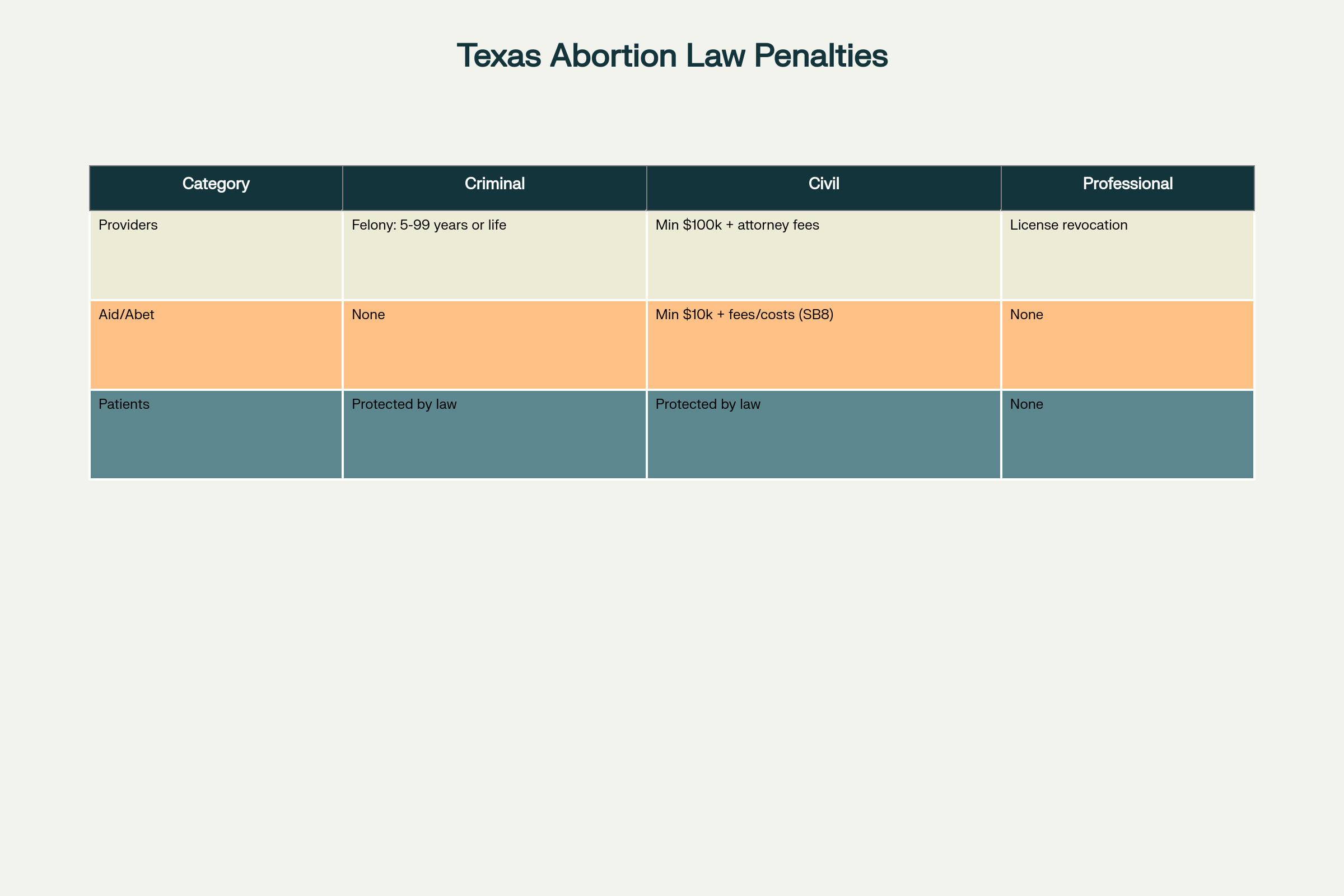
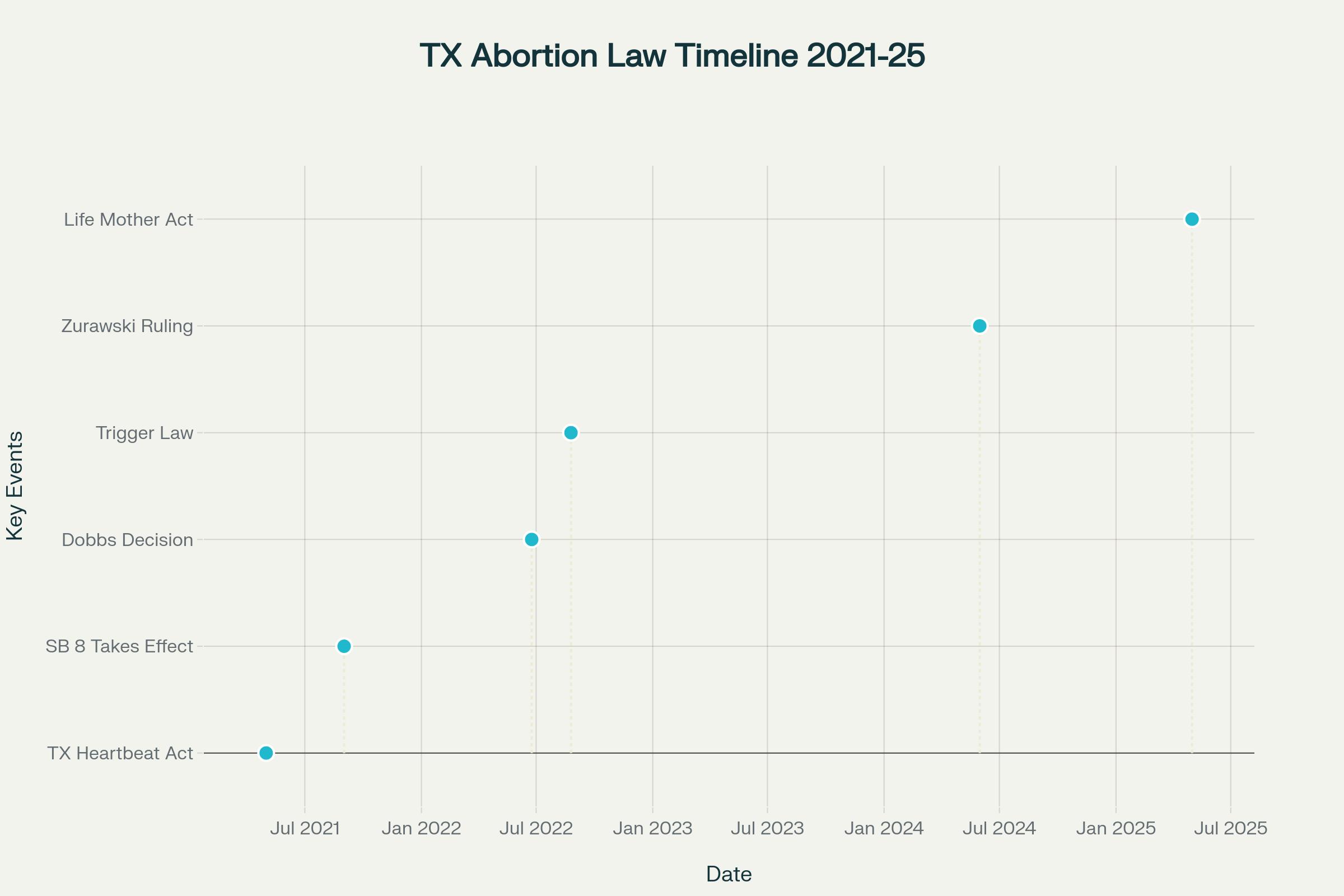


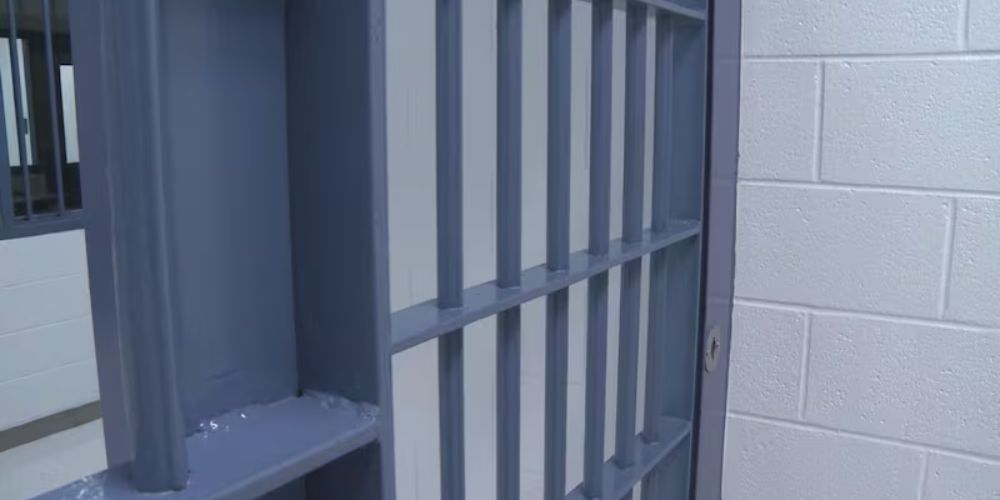
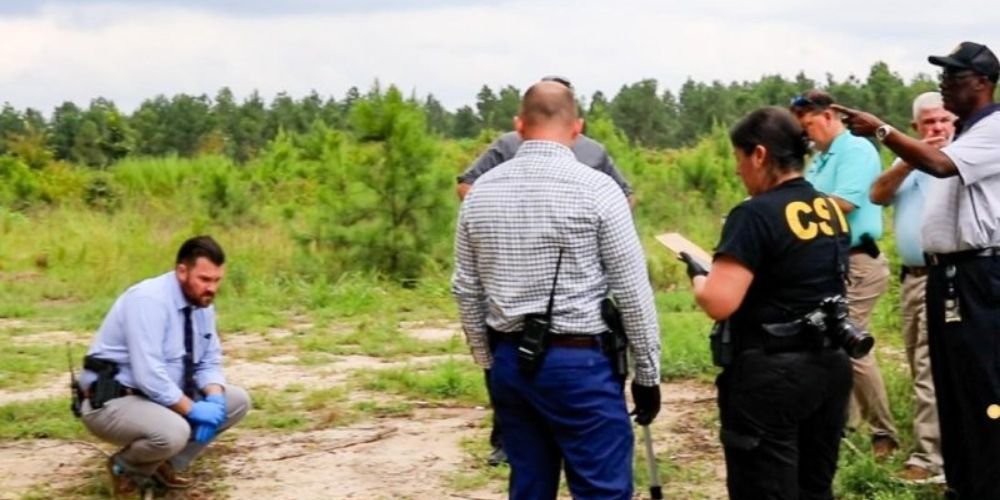

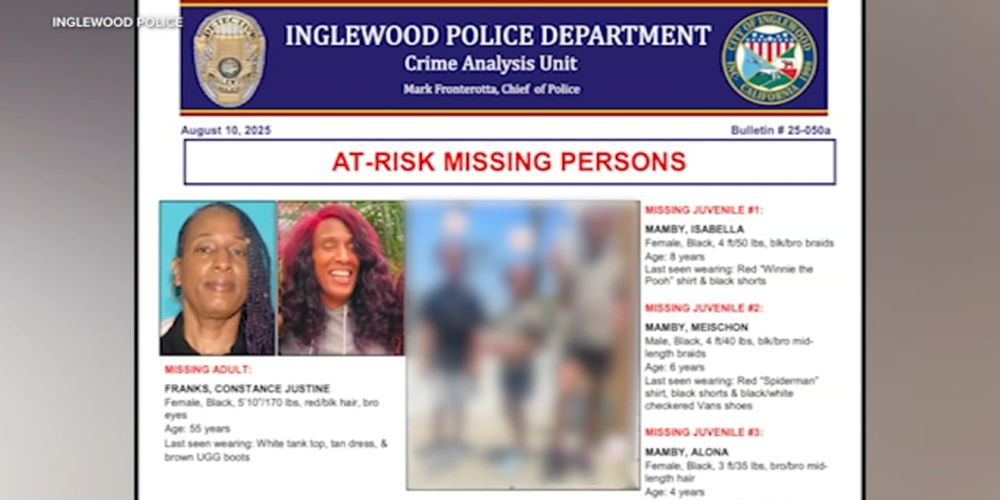



Leave a Comment